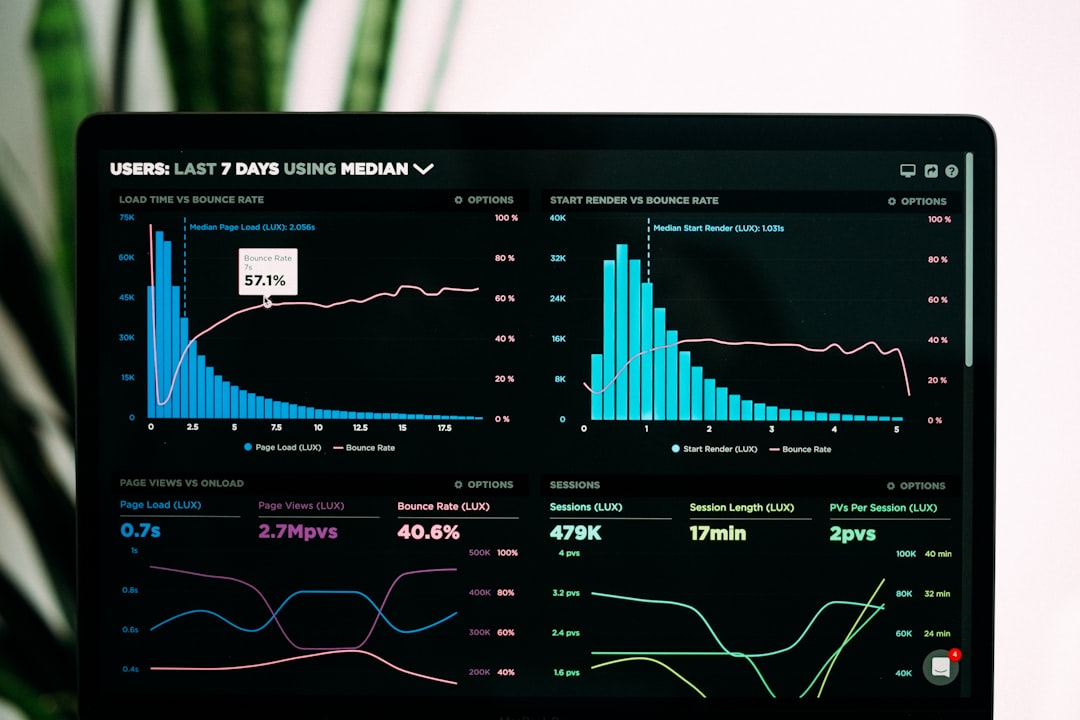In today’s data-driven marketing landscape, sending high-impact email campaigns is critical to building relationships, boosting sales, and nurturing engagement. HubSpot, as one of the most powerful marketing platforms available, simplifies the process of launching and analyzing mass campaigns for businesses of all sizes. Whether you’re a seasoned marketer or just starting out, understanding how to use HubSpot to plan, deliver, and review mass campaigns is essential to your broader digital marketing success.
TL;DR (Too Long, Didn’t Read)
HubSpot provides a streamlined, user-friendly platform for launching mass email campaigns. Start by organizing contacts into segmented lists, prepare content-rich emails using customizable templates, test them thoroughly, and then schedule or send instantly. Post-campaign actions like analytics and A/B testing are crucial to optimizing performance. Following best practices ensures high deliverability and engagement across future campaigns.
Step 1: Define Your Campaign Objectives
Before jumping into HubSpot, define what you wish to achieve with your mass campaign. Whether it’s growing your subscriber base, promoting a new product, or re-engaging past customers, your campaign’s intentions will dictate many decisions down the road like message tone, audience segments, and call-to-action (CTA) design.
Ask the following questions:
- What is the main goal of this campaign?
- Who is the intended audience?
- What are the key success metrics?
Step 2: Segment Your Contacts for Targeted Messaging
HubSpot’s contact management and smart list features allow users to segment their audience efficiently. Effective segmentation increases relevance and engagement by sending messages that are tailored to the behaviors and needs of specific groups.
Common segmentation criteria include:
- Demographics (age, location, industry)
- Behavior (email opens, form submissions, lifecycle stage)
- Engagement history (previous purchases, site visits)
To segment in HubSpot:
- Navigate to Contacts > Lists.
- Select ‘Create List’ and choose either Static or Active list (use Active for ongoing dynamic criteria).
- Add filters to define the criteria of your segmented group.
This segmentation will serve as your recipient base when you create your campaign.
Step 3: Create the Email Campaign
Once your audience is established, it’s time to build your email. HubSpot offers a drag-and-drop email editor that’s powerful yet intuitive, allowing you to focus more on content and design without needing HTML skills.
Steps to create a campaign email:
- Go to the Marketing tab > Email > Create Email.
- Choose between Regular and A/B Test campaign (recommended for optimization).
- Select a pre-built template or build from scratch using the drag-and-drop editor.
Important tips for email creation:
- Use a compelling subject line and preview text.
- Design for mobile – make fonts readable and buttons clickable on smaller screens.
- Personalize using HubSpot’s personalization tokens (like first name, company name).
- Include a clear, singular CTA.

Step 4: Perform Testing Before Launching
Testing is crucial to ensure your email displays correctly across various devices and email clients. HubSpot makes A/B testing and email previews simple.
How to A/B test an email in HubSpot:
- While creating your email, choose ‘A/B Test’ from the top banner.
- Set a variable to test—subject line, content blocks, CTA, etc.
- Determine the percentage of your list that will receive each variation.
- Define how a winner is chosen (open rate, click rate, etc.).
This test ensures the more effective version is sent to the bulk of your list.
Step 5: Schedule or Send Your Campaign
Once your email has been finalized and tested, HubSpot enables you to either send immediately or schedule for later.
To send your campaign:
- Click Review and Send.
- Resolve any last warnings (HubSpot flags missing subject lines or audience segments).
- Decide on Send Now or Schedule for Later.
Scheduling allows you to time your emails for when your audience is most likely to engage. For example, many B2B audiences respond better to emails sent Tuesday–Thursday mornings.
Step 6: Analyze Campaign Performance
After your campaign is launched, the work isn’t over. HubSpot provides a comprehensive analytics dashboard to track performance.

Key metrics to review include:
- Open Rate: Measures subject line effectiveness and brand recognition.
- Click-through Rate (CTR): Evaluates the strength of your CTA and content.
- Bounce Rate: Identifies deliverability issues.
- Unsubscribes: Pinpoints message relevance and frequency problems.
For deeper analysis:
- Navigate to Reports > Analytics Tools.
- Choose Email Analytics and refine by campaign or contact list.
- Generate insights and export reports to share results with your team.
Step 7: Refine and Iterate
Learning from every campaign is fundamental to long-term success. HubSpot provides powerful historical data that helps you understand what’s working—and what’s not.
Consider future improvements like:
- Testing different subject lines based on past open rates.
- Adjusting send times based on recipient behavior.
- Trying new segmentation strategies to improve personalization.
Campaign efficiency grows over time as you experiment and adjust based on results. HubSpot makes this process transparent and supported with continuous data.
Best Practices for Running Mass Campaigns on HubSpot
Beyond technical steps, there are strategic best practices that ensure your messages resonate and improve over time.
Here are some key habits:
- Maintain list hygiene: Remove unengaged or bounced contacts regularly to improve deliverability.
- Stay compliant: Use clear unsubscribe links and adhere to GDPR/CAN-SPAM laws.
- Use automation: Leverage HubSpot’s workflows to nurture leads with relevant follow-up emails.
- Leverage HubSpot integrations: Connect with CRM, CMS, and ad tools for full-funnel data synchronization.

Conclusion
Creating and sending mass campaigns via HubSpot shouldn’t be a daunting task. By following a clear, objective-driven process—from contact segmentation to A/B testing and performance analysis—you can ensure your campaigns are not only delivered but also deliver results. HubSpot’s extensive toolset, intuitive design, and marketing automation capabilities are specifically built to support marketers seeking scalable, data-backed success through email marketing. When used with diligence and purpose, HubSpot becomes more than just a sending tool—it becomes the heart of your digital marketing engine.


